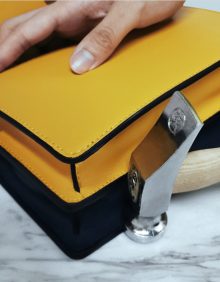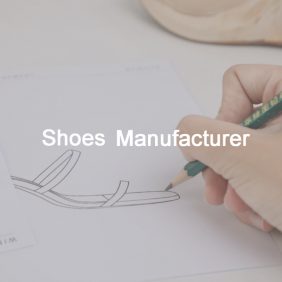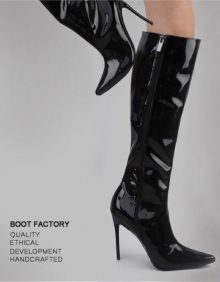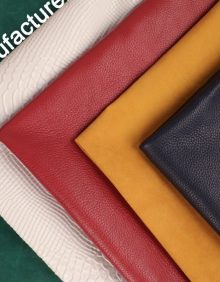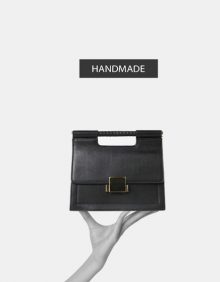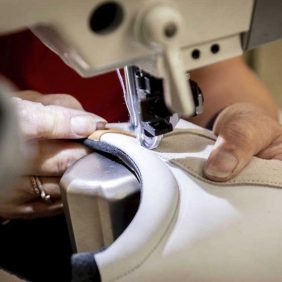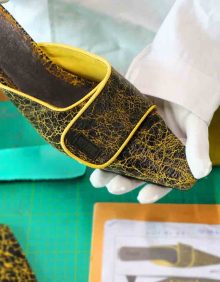Designer Solutions
BAG AND BELT ACCESSORIES TEST
Designer Solutions
Quality Inspection
Bag And Belt Accessories Test
As consumers continue to pursue the quality of leather and strengthen the awareness of green consumption trends, businesses are also facing unlimited business opportunities and huge challenges brought by the leather market. Whether it is a leather production enterprise, a product designer or a purchasing unit, it is necessary to fully understand the physical properties, chemical properties and final product performance of leather to ensure that the correct materials are used to produce products that satisfy customers. Therefore, more and more customers are seeking fast and professional testing solutions for leather, leather goods, belt and handbag products.
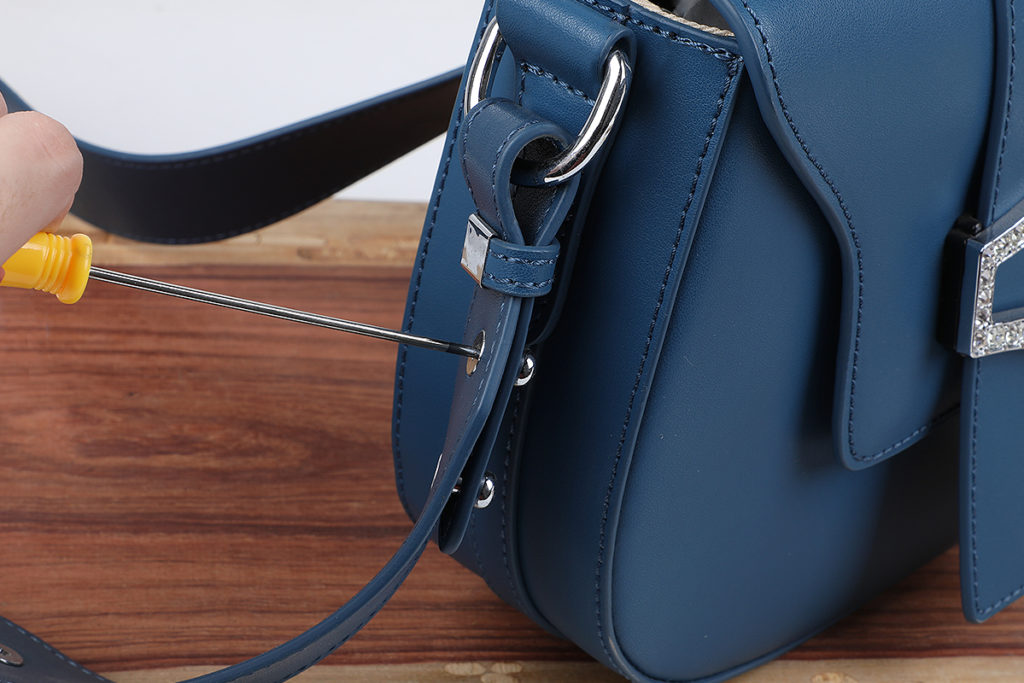

Bags are designed to ensure safe transit of other valuable personal items. Any of us have had a bad experience with buying a cheaply made bag. Customers claims are that cheap bag wasn’t tested for quality and durability before leaving the factory that made it. And whether you’re an importer of bags or an end consumer, it pays to be familiar with these simple tests for bags typically carried out during product inspection. The testing of complete items of bags and belts ensures that clients can fully evaluate products before bulk production commences and at all stages during manufacture, so testing will ensure that the right quality is supplied to the customer. This will result in fewer returns and increased customer satisfaction as well as helping to develop customer loyalty.
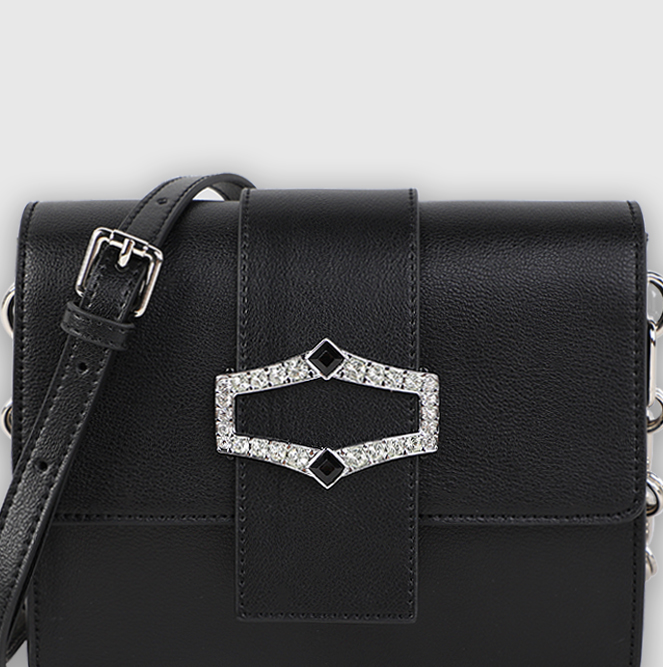

Testing the materials and components that make up the finished product, as well as evaluation of the material help ensure that your product meets consumer safety standards and regulatory requirements of your destination market. THE K FAMILY FACTORY offers physical testing and chemical testing methods for leather products like bags and belts:
1. Physical Testing
Physical testing includes load test, tear resistance test, colorfastness and light fastness test, strap strength test, seam strength test, abrasion resistance test and components.


1.1 Load Test
A bag’s ability to withstand a certain weight without falling apart is essential. The good news is that the load test used for this is easy to perform and doesn’t require special equipment. It’s also among the most standard tests for bags. The load test is performed on bags with handle, which could be envisaged in use, and then lifting them by the handle and setting them down. Any damage is assessed visually.
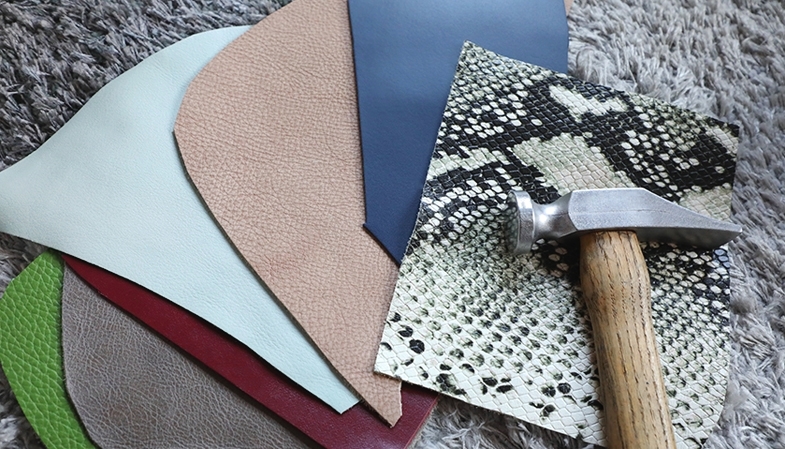

1.2 Tear Resistance Test
This is done by placing the test sample into a tensile testing or universal test machine so that the section on one side of the fracture is pulled up and the section on the other side is pulled down. A steady load is then applied until the tear has propagated through the entirety of the sample and the two sections have been completely separated from one another. The overall goal of a tear test is to determine a materials ability to resist the growth of the initial tear or its “tear resistance”. This characteristic is particularly important to applications that use flexible materials that may suffer a partial rupture intentionally or otherwise.
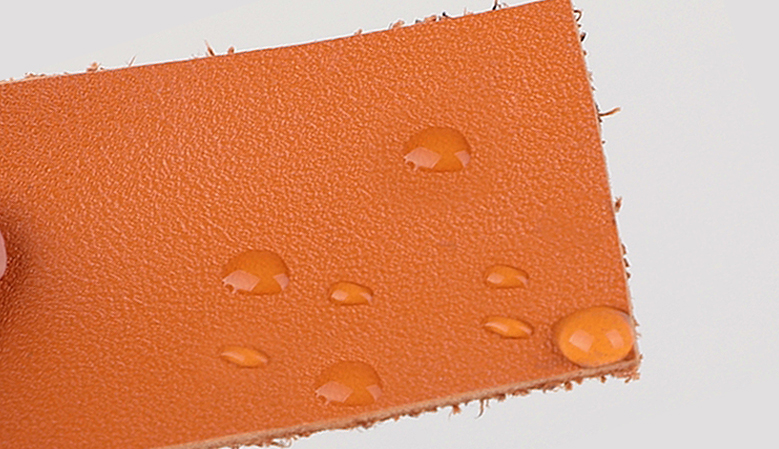

1.3 Colorfastness and Light Fastness Test
The light fastness of a material describes its resistance to fading by light, in particular by the constant radiation of UV light. Among the types of leather, aniline-coloured porous leather is especially at risk of losing its original hue. The more engineered pigmented leather is less prone to this phenomenon. In the laboratory, there are devices that measure the fading sensitivity. Widely used is the Xenon test, which attempts to simulate sunlight and determines the resistance of dyeing under natural daylight on any type of leather.
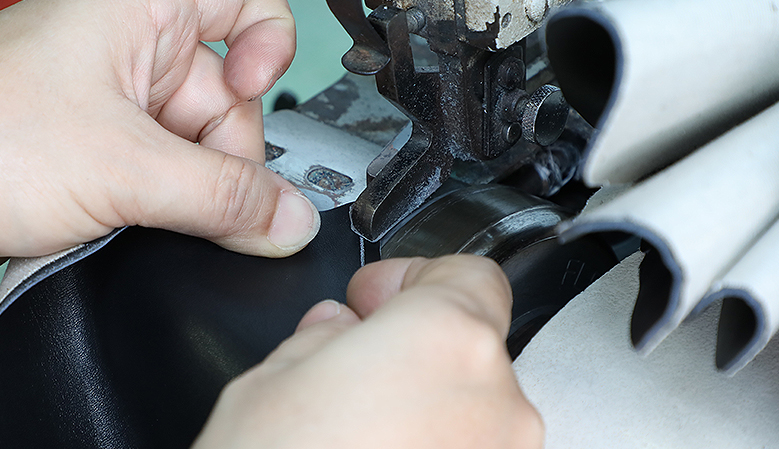

1.4 Strap Strength Test
THE K FAMILY FACTORY tests the strength of straps and strap fastenings as part of the quality assessment of handbags and belts. We carry out strength tests utilizing state-of-the-art equipment to assess the risk of strap failures. Whether composed of leather or fabric material, our experts test to clients’ requirements to ensure finished products are fit for consumer satisfaction.


1.5 Seam Strength Test
The manufacturing of leather products uses seam engineering to determine the best combination of sewing thread, stitch type, seam type, and stitch density to construct the end use structure. These four seam engineering variables contribute to a product being able to achieve the maximum sewn seam strength performance and structural integrity when cut pieces of fabric are joined together. This ability helps to keep the original structure and look of your bag and belt.
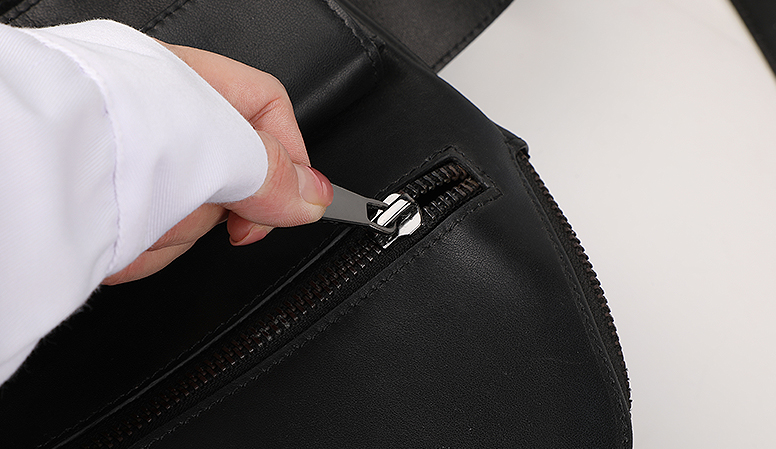

1.6 Abrasion Resistance Test
Abrasion resistance refers to the ability of an adhesive to resist wearing due to contact with another surface. Wearing occurs when a hard rough surface slides across a softer surface, usually the adhesive material, causing the undesired removal of material from the surface.
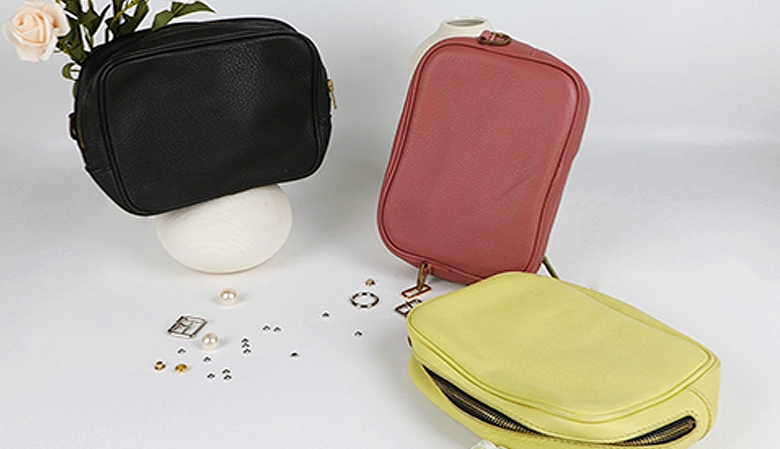

1.7 Components --- hardware, zipper, strap, and others
From an assessment of the components of a belt for labeling purposes, color fastness (wet and dry rub fastness, and more) to tarnishing of buckles and metal components, THE K FAMILY FACTORY can test to all clients’ requirements to ensure the products are “fit for purpose”. Making sure they are attached correctly will avoid customer disappointment and damaged brand reputation.
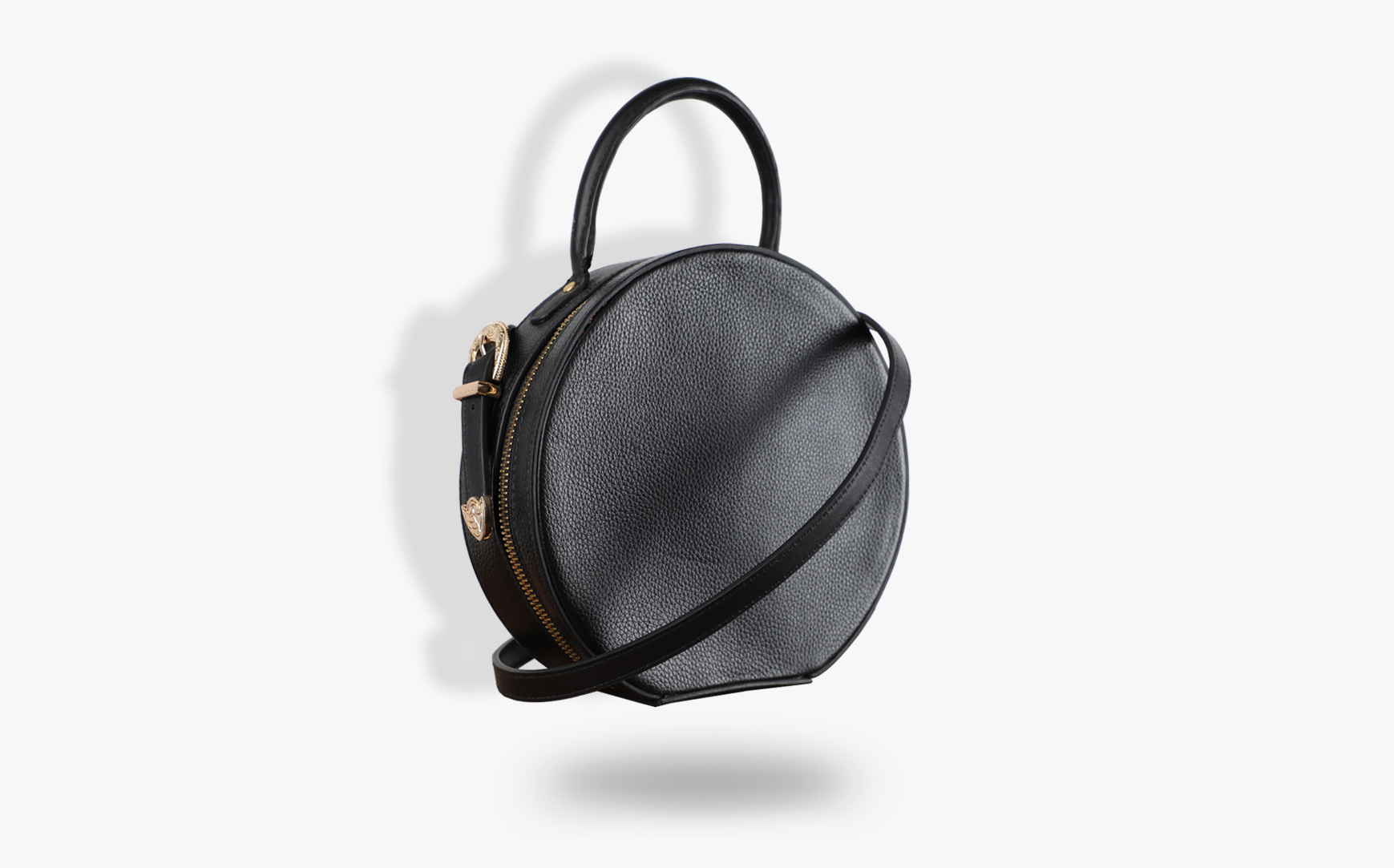

2. Chemical Testing
Chemical testing includes restricted and hazardous substances and chemical smart screening. Considerable amounts of chemicals are involved in the manufacturing of leather products. It has become crucial to monitor and control the usage of chemical in the production cycle in accordance with the Restricted Substances List as many of the chemicals have been deemed to be harmful to the environment and to humans. While lead, nickel, Azo dyes, chromium VI, formaldehyde and PFOS/PFOA are most commonly involved, nearly 100 substances on the list need to be closely monitored.


2.1 Restricted and Hazardous Substances
All new products need to be monitored for the concentration of restricted substances including, lead (Pb), mercury (Hg), cadmium (Cd), hexavalent chromium (Cr), polybrominated biphenyls (PBB) and polybrominated diphenyl ether (PBDE) and four different phthalates (DEHP, BBP, BBP, DIBP), which are hazardous to the environment and pollute landfills, and are dangerous in terms of occupational exposure during manufacturing and recycling. This test is to ensure that no product exceeds the RoHS limits of 0.1% or 1,000ppm (except for cadmium, which is limited to 0.01% or 100ppm) by weight of homogeneous material.
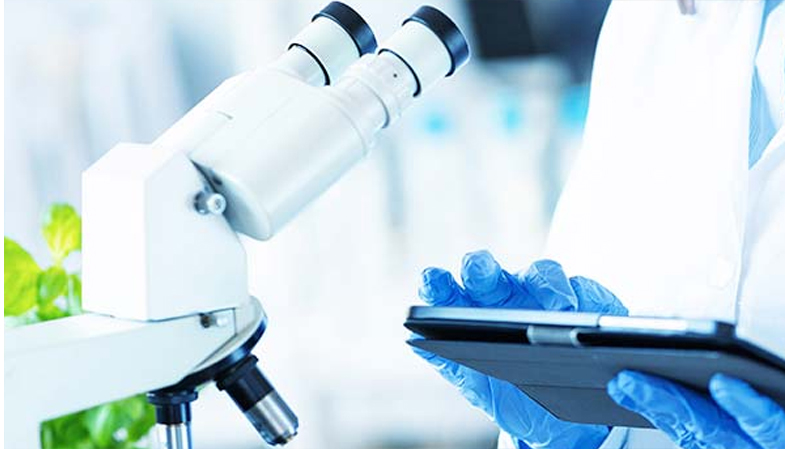

2.2 Chemical Smart Screening
Chemical Smart Screening tool is designed for use by textiles, apparel and manufacturers to detect the presence of common restricted substances in raw materials during the early stages of manufacturing. It provides better visibility into your supply chain, helps you fulfill consumer and legislative demands for green products and enables you to avoid the time and expenses incurred as a result of test failures.
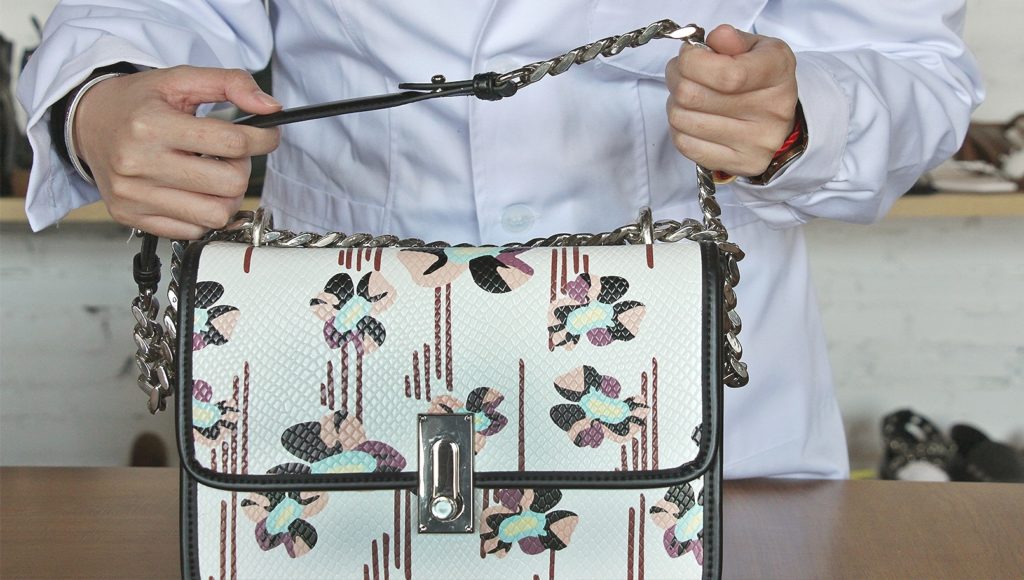

There are a variety of tests that should be performed on your bags and belts during product inspection before they leave the factory that manufactures them. THE K FAMILY OF TEST TEAM will help you ensure your bags and belts are able to withstand everyday use. And if you’re an importer of leather goods, be sure to incorporate the relevant on-site tests in your next product inspection.


